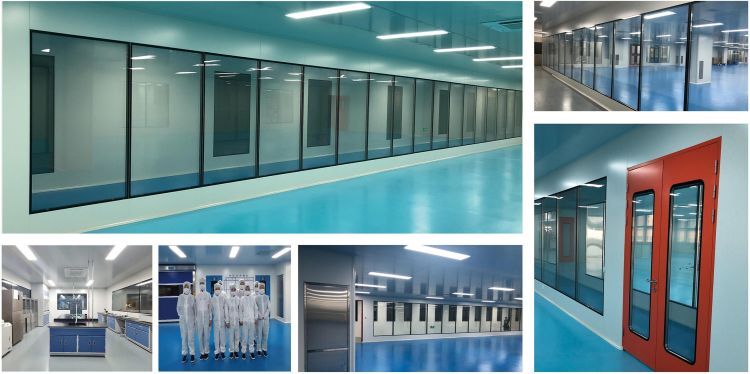Vaccines Production Cleanrooms Design Requirements
- 2024-01-05
- View 14
With infectious disease comes a lot of uncertainty. Everyday vaccine developers are pushing the limits to provide treatments that will stimulate and protect your immune system in a safe, effective, and consistent manner.Vaccine production without Vaccines Production Cleanrooms.

What are the stages of vaccine development?
The first stage of development is the exploratory stage which involves initial research where scientists or researchers identify an antigen that might help prevent or treat a disease. After the antigen is identified, the next step is the pre-clinical stage.
In this stage, scientists use tissue-culture or cell-culture systems along with animal testing to assess the safety of the potential vaccine. After completion, a vaccine developer will request an Investigational New Drug Application from the FDA. From here, the potential vaccine heads into the clinical development stage.
The clinical development stage involves three phases that involves assessing the candidate vaccine in humans with the goal of safety and determining the type and extent of immune response. Some of the testing during these phases include doses, schedule, method of deliver, and immunogenicity. Test groups will start small and will build over the next phases.
After a successful Phase 3, the vaccine developer will submit a Biological License Application to the FDA where the vaccine will be reviewed and tested to see if the vaccine meets their specifications. Some of these tests are
· Identity test
· Purity test
· Microbial test
· Sterility test
Once approved, the vaccine will head to manufacturing and quality control will be established.
What type of cleanrooms do we need to provide treatments?
Vaccines Production Cleanrooms play a substantial role in creating a stable environment for the development and production of a vaccine. Proper temperature, humidity, air flow, and other environmental conditions are critical to provide a safe treatment without the risk of contamination. Typical classifications and specifications for vaccine manufacturing are performed in an ISO 4 (Class 10) or ISO 5 (Class 100) cleanroom for the entire process with an ISO 6 (Class 1,000) background. Certain manufacturing operations may have an ISO 7 (Class 10,000) or ISO 8 (Class 100,000) background, but all considerations should be handled on a project-to-project basis.
Other features to consider when planning a vaccine cleanroom are to incorporate routine particle sampling, filter testing, gowning requirements, and training procedures making sure your cleanroom and personnel are working together effectively.
What’s next?
Kwang Cleanroom has been helping companies across the spectrum drive innovation and collaboration to deliver their lifesaving advancements safer and faster without any compromise. Time to market is critical so that is why we utilize leading edge BIM / VDC modeling to drive solutions providing you with the best-in-class performance hitting your project timelines.
Need a cGMP cleanroom that is tailored to your specific biosafety level, follows FDA guidelines, that is fitted with your specific process requirement? Great! Kwang Cleanroom’s in-house team of experts are here for wherever and whatever your project might need. From concept through commissioning, ISO certification and owner training - Kwang Cleanroom engineers, models, and builds to your innovations and achieves your business plans.
Kwang Cleanroom is proud to offer examples of a variety of our cleanroom projects below Aseptic Purification Cleanroom Of Food Factory、Electronic Dust Free Cleanroom、GMP Cleanroom For Medical Devices、Dust Free Cleanroom Of Printing Industry、Blow Molding Film Purification Cleanroom、Aseptic inoculation Cleanroom For Edible Bacteria、Purification Projects In Other Industries.
